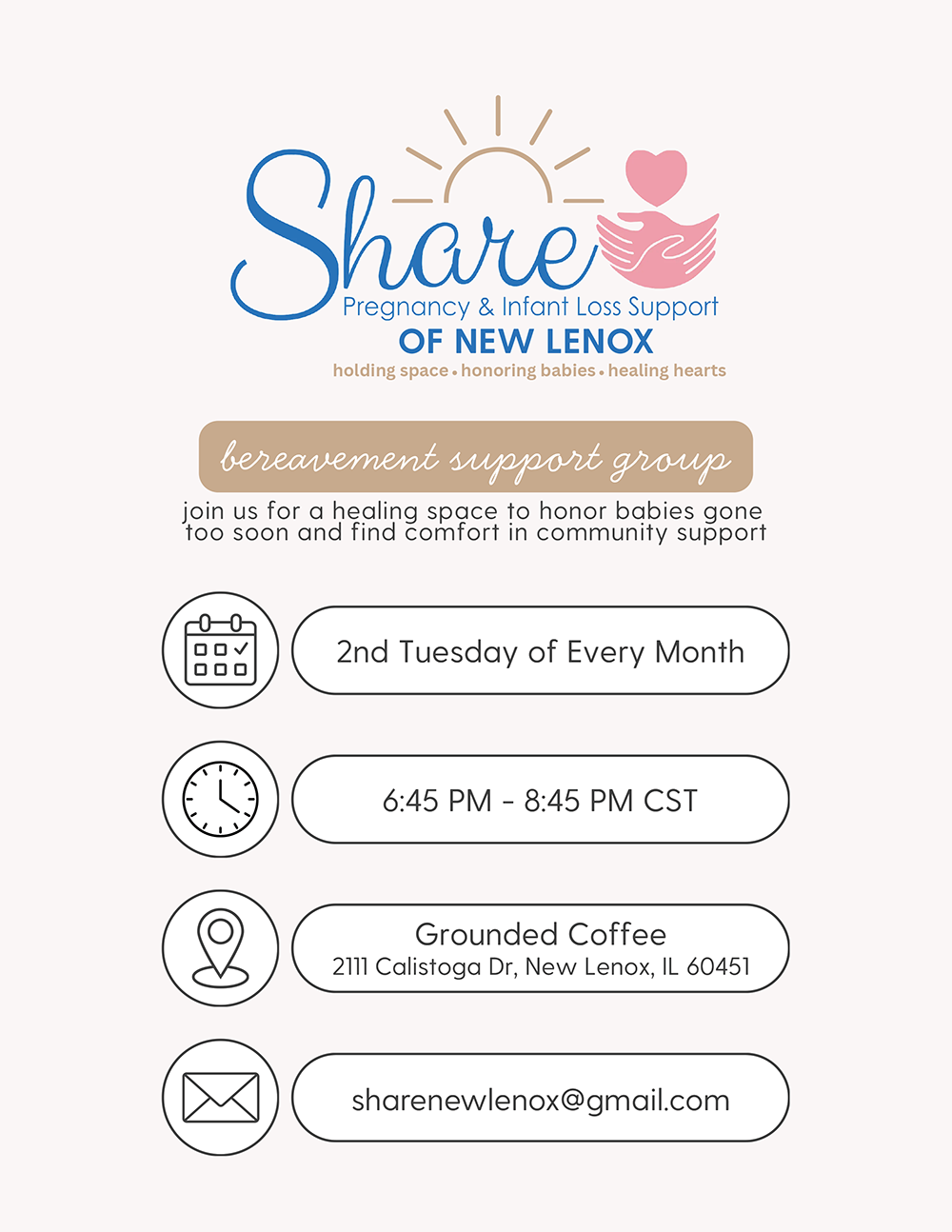
Ultrasound is completely painless and perfectly safe since no radiation is used. It involves the use of a small probe, called a transducer, and a conductive gel which is placed directly on the skin. As the probe is passed back and forth over the abdomen, high-frequency sound waves pass through the gel into the body. The probe then collects the echo from the sounds that bounce back and use those sounds to create images in real-time.
While the ultrasound technique can be successfully used to help doctors to diagnose and treat a range of medical conditions, obstetric ultrasounds are most often associated with pregnancy. This is because one of the main purposes of obstetrical ultrasounds is to confirm that someone is pregnant. A urine-based pregnancy test or even a blood test is not as reliable as an ultrasound scan. In fact, ultrasound scans will become a routine occurrence as your OBGYN uses them to monitor the progression of your pregnancy.
Obstetric ultrasounds in the first trimester
In the first trimester of your pregnancy, you may have several ultrasounds requested by your OBGYN. Firstly, you may be offered a dating ultrasound, which is sometimes called an early obstetrical ultrasound. This will be used to confirm your pregnancy and the number of babies you are expecting. They can also use the ultrasound to estimate the gestational age of your baby by measuring it and will use this to predict what your due date will be. At the same time, they can check your baby’s heartbeat and look at your uterus to make sure that everything looks as it should.
A nuchal translucency ultrasound may also be recommended during the first trimester. This is used to help determine if your baby is at risk of having one of several, serious genetic conditions. This is usually carried out between weeks 11 and 13 of your pregnancy.
Obstetric ultrasounds in the second trimester
Most patients are offered a very in-depth ultrasound during their second trimester. This enables the various measurements of your baby to be taken, and their body examined so that your OBGYN can see how well they are growing and developing. In addition to this, the ultrasound will look at the position of your placenta, the umbilical cord, amniotic fluid, and other structures to make sure everything is as it should be. You will usually be given images of your baby that you can take home as a keepsake. If you wish to find out the gender of your baby, this can usually be established from around 16 weeks of age, sometimes earlier. Some people choose to attend a separate ultrasound appointment purely with the intention of finding out the gender of their baby.
Ultrasounds later in pregnancy
Every pregnancy is different, and some patients and unborn babies require regular monitoring until labor. The purpose of these ultrasounds is normally to monitor the growth and wellbeing of your baby. For example, if your baby seems to be particularly large based on your estimated due date, your OBGYN will want to monitor their size in case you need to have labor induced and the baby delivered early. Although most pregnancies have a gestation of around 40 weeks, it is in the best interests of some babies (or their mother) to be delivered early.
If you have any further questions about obstetric ultrasounds, don’t hesitate to speak to our dedicated women’s health team at Partners In Obstetrics & Women's Health in New Lenox, Illinois by calling (815) 240-0554.









